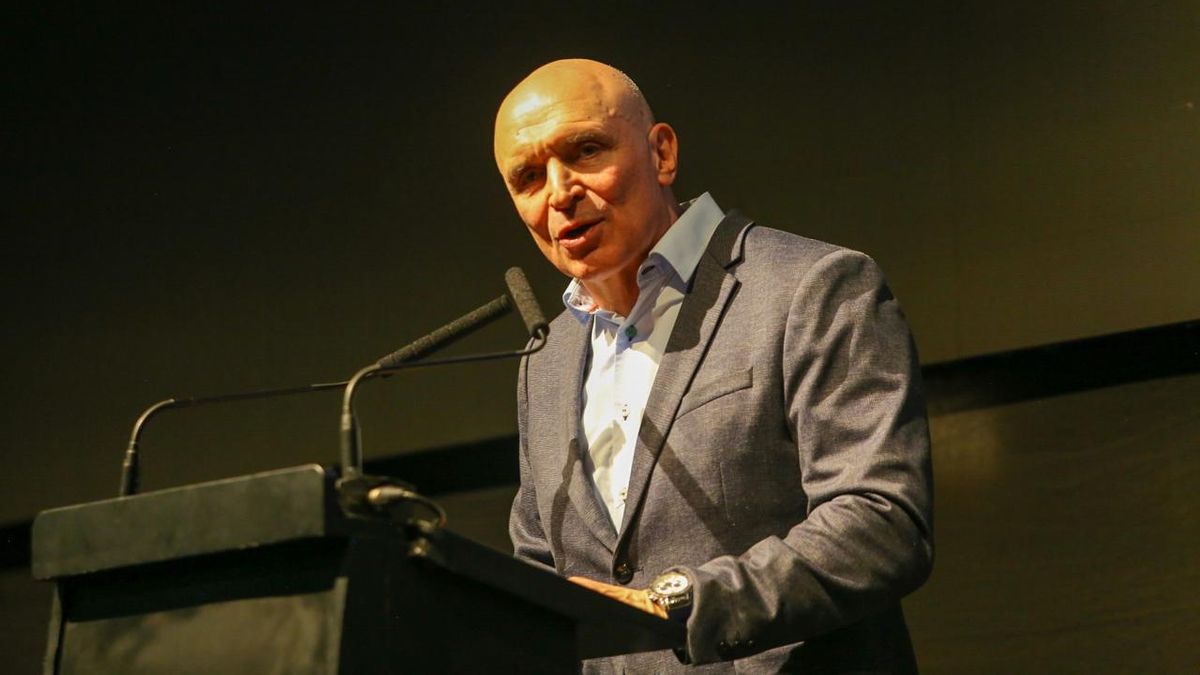He professional sphere has not stopped being hostile towards women. It is not new that many companies still consider us less qualified just because of our gender. One of the main barriers that we have to break, simply because of our condition as women, has to do with the glass roof -what are the invisible sociocultural barriers that limit professional growth– as well as the wage gap that we have in front of men.
However, men don’t perceive it the same way. There is a reality and that is that there is a greater presence of women in jobs. But, from there to being valued like men, both financially and in a leadership role, it is different. For 75% of men there is no difference in salary between men and women; while 56% of women maintain that their salary is loweraccording to the study Gender perspectives in the world of work of Boomerang.
“It is no coincidence that the perception of men and women regarding salary parity differs. It is one more sign that inequality is structural. Our labor market reports record month after month that the wage gap is a reality. Faced with this situation, it is encouraging that policies are beginning to be implemented to promote equality in organizations, as stated by almost half of the people who participated in the study,” he explains. Carolina MolinaroHead of Marketing Jobint.
Salary gap: glass ceiling and the difficulty of breaking it
When observing who really makes the decisions of a company, between men and women, we can see that this does not coincide. Leadership positions are in charge of masculinities. Within Latin America, Argentina is the country that sees the least women in a leadership position, although it exceeds 50% of those surveyed.
68% of working people in Argentina indicate that there are women in leadership roles within the organizations where they work. However, This number is the lowest in the region: in Peru 84% note female participation in these positions; he 82% in Panama; he 79% in Chile; and the 75% in Ecuador.
And when we look more closely, we see that the percentage of women in places of power is even lower. Of the total number of respondents Boomeranga 29% of talents says there is a 10% of women occupying senior positions; he 15% express that there is a 50% of feminine presence; and for him 12% there is 40% serving in leadership or executive roles.
What policies do companies implement to promote equality?
Faced with such a complex scenario for labor equity, both monetary and participatory, companies may decide to take or not take different measures to achieve greater gender equality, just as is done in other scenarios. Howevermost companies do not implement any type of policy.
Regarding policies aimed at promoting the gender equalityhe 51% of talents express that the organizations where they work do not implement any type of measures aimed at promoting gender equality, compared to 49% who express the opposite.
In comparison with Latin America, we see that in the region, the trend is reversed: in Peru 71% affirm the existence of policies; he 63% in Ecuador; 53% in Chile; and 52% in Panama.
Among companies that promote gender policies to achieve greater gender equality, 61% of those surveyed indicated that they do so to ensure equal pay between men and women who perform similar or identical functions in the organization. 39% with equitable promotion policies, to guarantee that men and women have equal opportunities to access leadership and executive positions within the company; and 31% flexibility in working conditions (schedules, modality, licenses, among others).
What happens with diversities in the workplace?
Boomeran consulted the Human Resources specialists Regarding the number of people who do not perceive themselves as male or female in organizations: 68% answered that there are only 10%, and 8% say that 20% are part of their companies.
Furthermore, during the last year, 32% of Human Resources specialists said they incorporated less than 5 CIS males to their organizations; 15% said they added more than 10; and 30% over 30. Regarding the Female gender, 41% of HR professionals incorporated less than 5 CIS women into their companies; 13% more than 5; and 12% less than 10.
But, when asked about other genres 72% of the specialists stated that they took less than 5 talents that do not identify with either the male or female gender.; 6% say they incorporated more than 5; and another 6% less than 10 applicants.
Source: Ambito




